#GraphQL #REST #Software
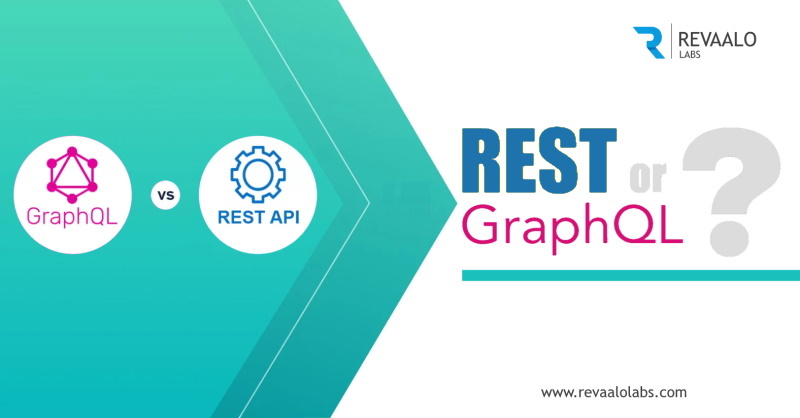
As new technological innovations continue to emerge, buoyed by an explosion of digital devices and changing consumer habits, businesses continue to search for the fastest and most effective means of keeping up with the changing digital ecosystem.
Over the last years, REST has been a widely used API design. But in 2015, Facebook released GraphQL to the public, a query language for APIs, and it became an alternative to REST. The two approaches have a different way of working, and clients will have to implement a certain type of communication, based on the architecture used on the server.
In this article, we’ll take you through each option so that you can decide which will work best for your needs.
What is GraphQL?
GraphQL is a query language for APIs that enables declarative data fetching in order to give the client the power to specify exactly the data that is needed from the API. It makes easier to evolve APIs over time.
GraphQL helps you to load data from server to client. It enables programmers to choose the types of requests they want to make.
Features of GraphQL
Here are important features of GraphQL:
Advantages of GraphQL :
Disadvantages of GraphQL :
What is REST?
REST is an acronym for Representative State Transfer. It refers to an API architecture style, or set of constraints developers follow when creating APIs. RESTful web services can be consumed by HTTP requests to fetch and manipulate data.
The main benefit of REST is that it is scalable and decouples client and server, allowing developers to work on products and applications independently. Compatible with a wide range of formats, it can meet a variety of needs.
Features of REST API
Here are important features of REST API:
Advantages of REST API
Disadvantages of REST
Let’s dive deeper and analyze the core differences between GraphQL and REST.
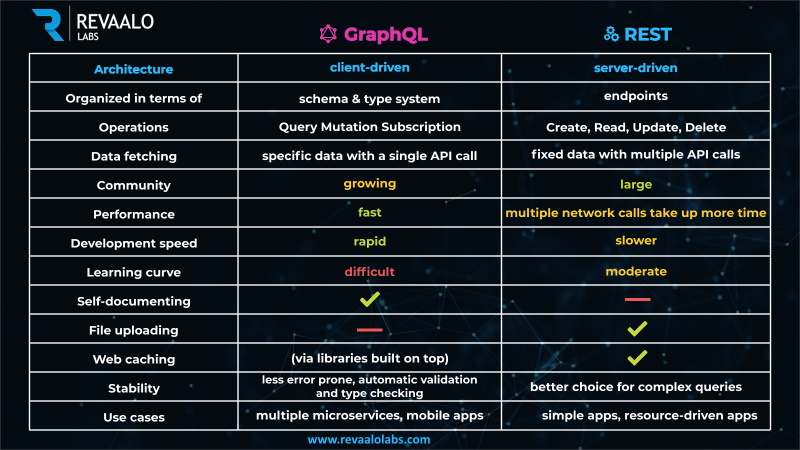
GraphQL vs REST, which is better?
The answer to the question above is extremely subjective and largely depends on your specific project requirements.
For example, if you want to breathe some fresh air into your API development using a modern design style that does not require making multiple round trips to fetch data, then GraphQL could be your best option.
On the other hand, if you intend to use a tried-and-proven technique that comes with robust native caching or authentication capabilities, then REST could be your best option.
Connect with Revaalo labs your one stop solution for Digital Transformation needs.

One of the most critical decisions website developers must make is deciding what unit of measurement to use when sizing elements, fonts, and other design properties.
Read more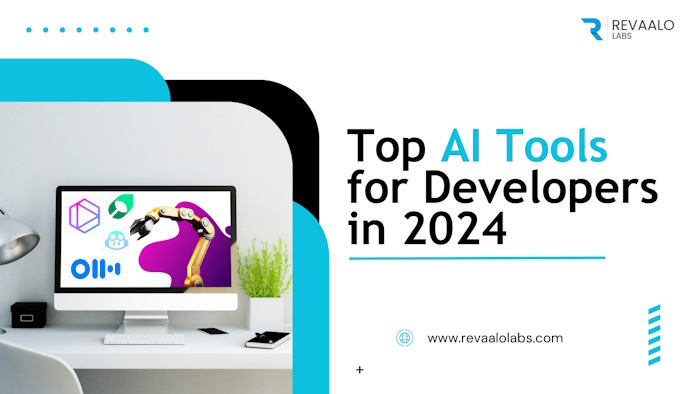
It`s an amazing technology-one that will help us solve society`s toughest problems and reshape the world.
Read more13
December
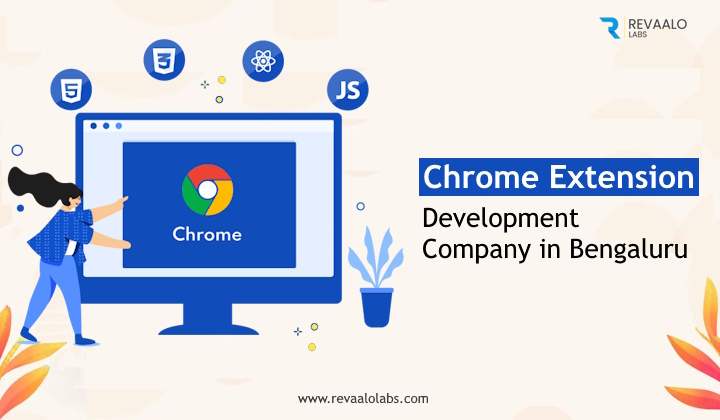
Today, web browsers play a significant role in our lives, providing us with access to a world of information and possibilities.
Read more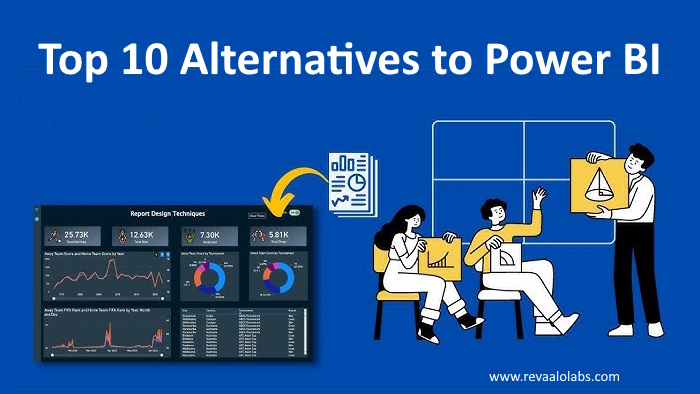
Power BI is a popular business intelligence tool developed by Microsoft for data visualization and analysis. While Power BI is a robust solution, there are several alternatives available that cater to different needs and preferences.
Read more09
October
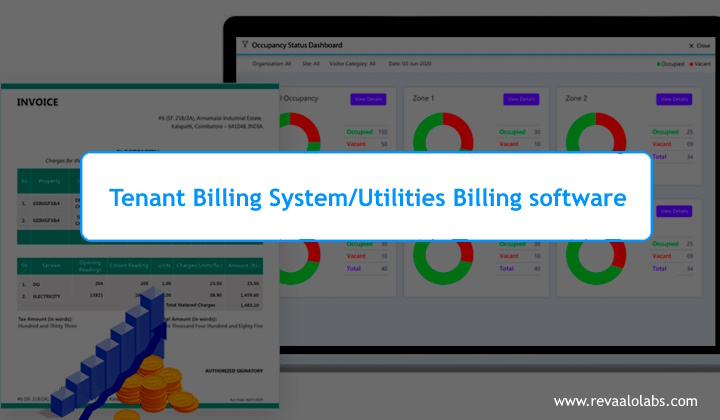
Tenant billing systems are software solutions used by property owners, managers, and landlords to accurately bill tenants for their usage of utilities and services.
Read more